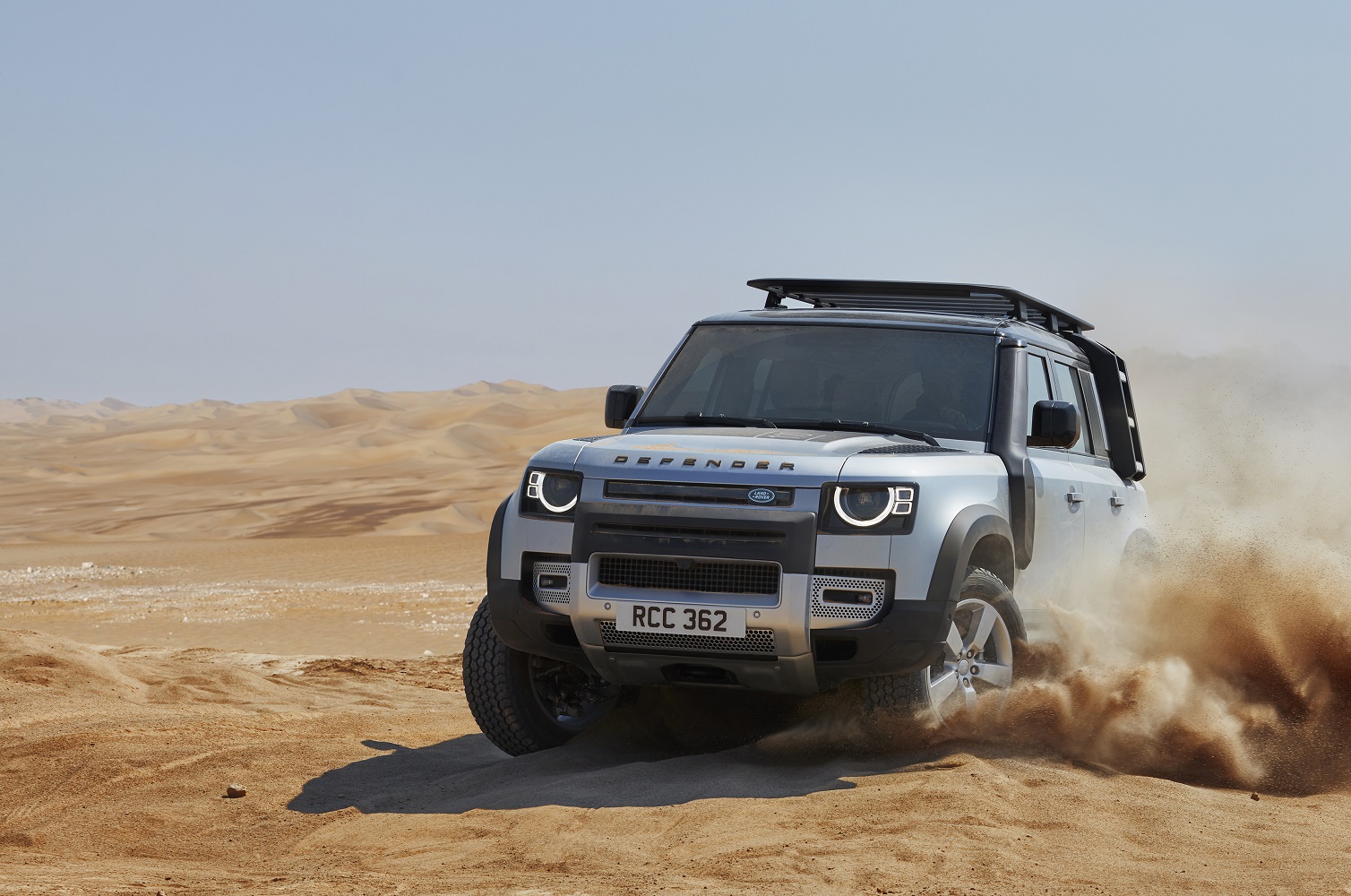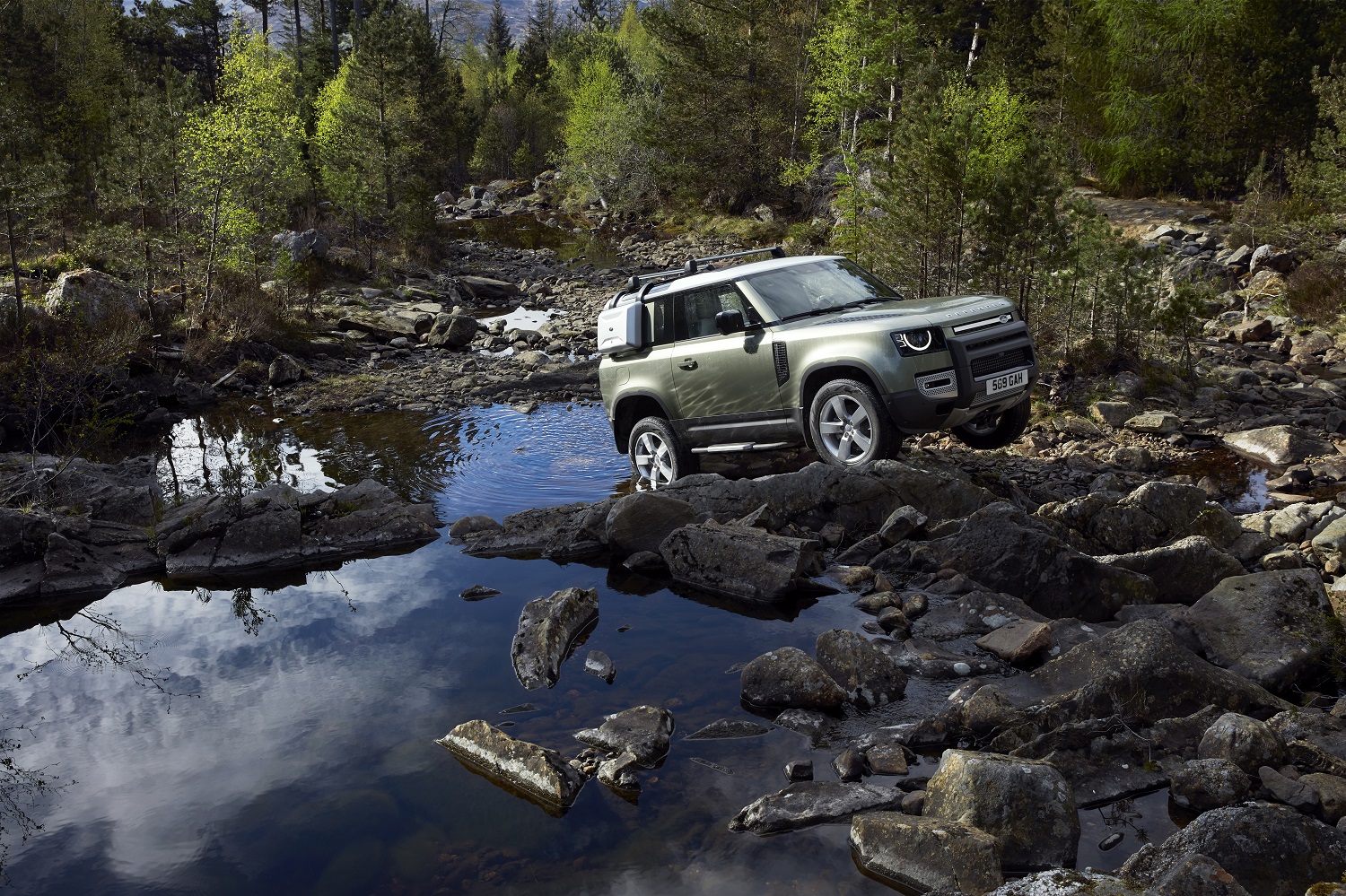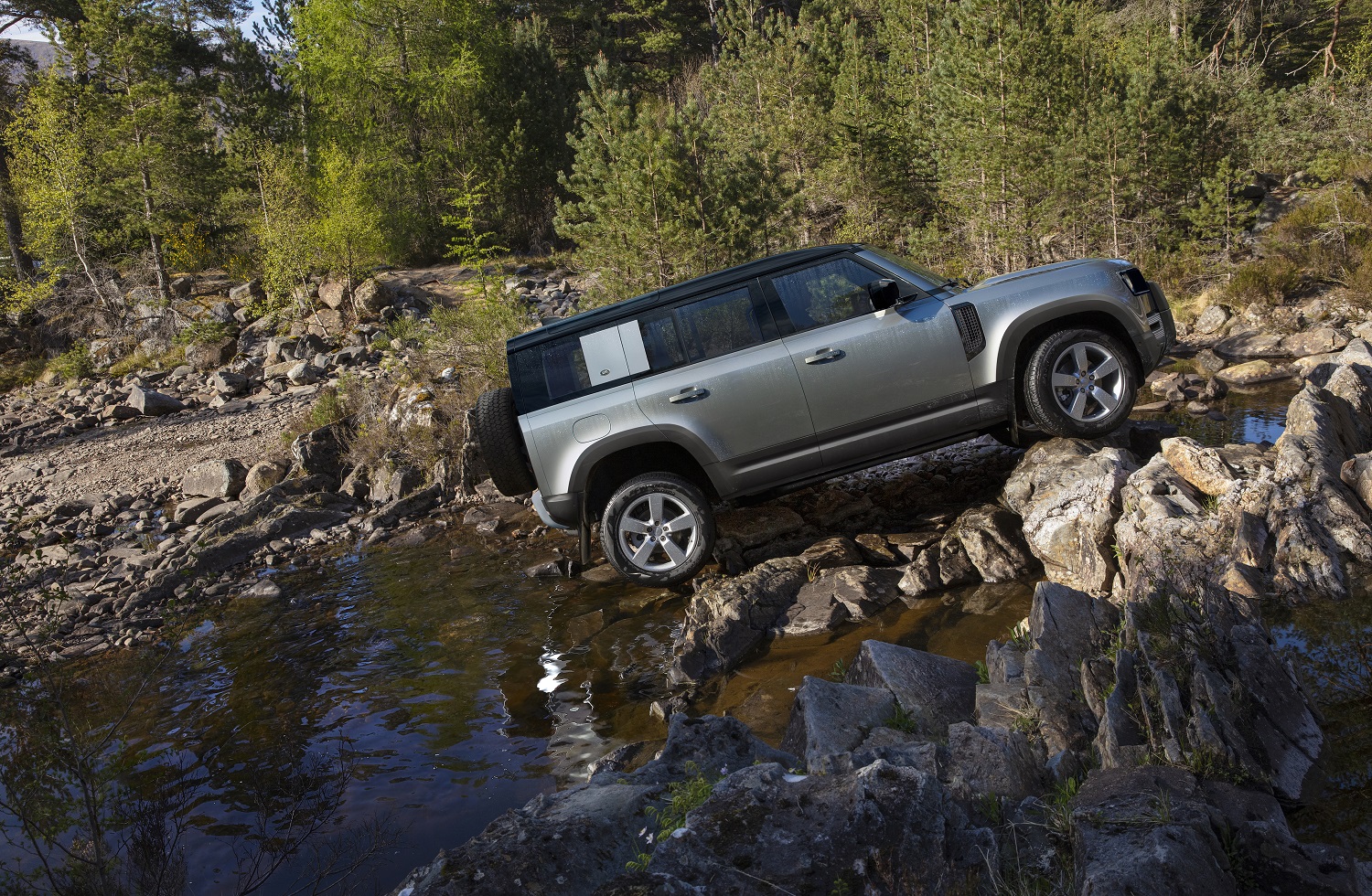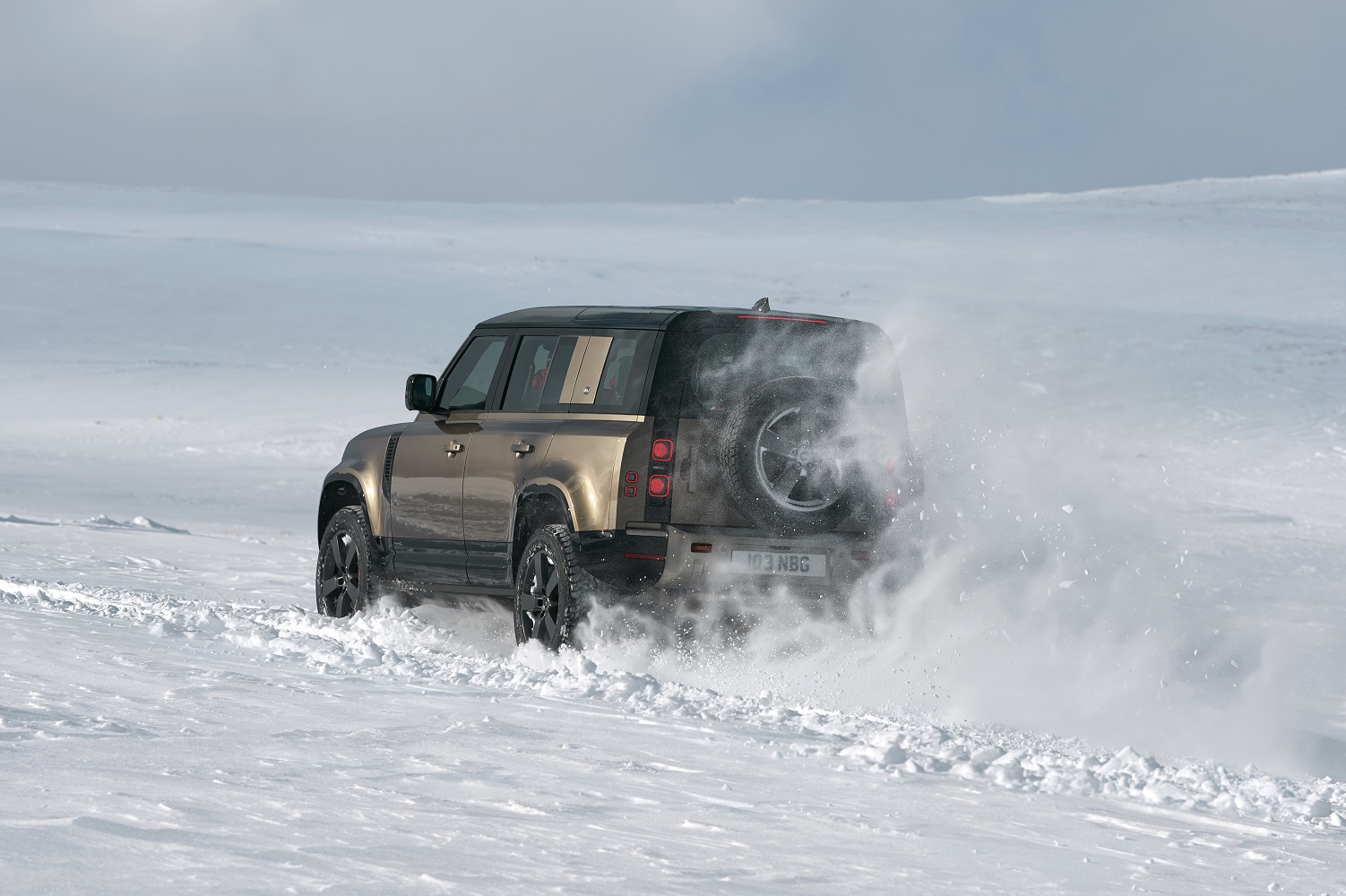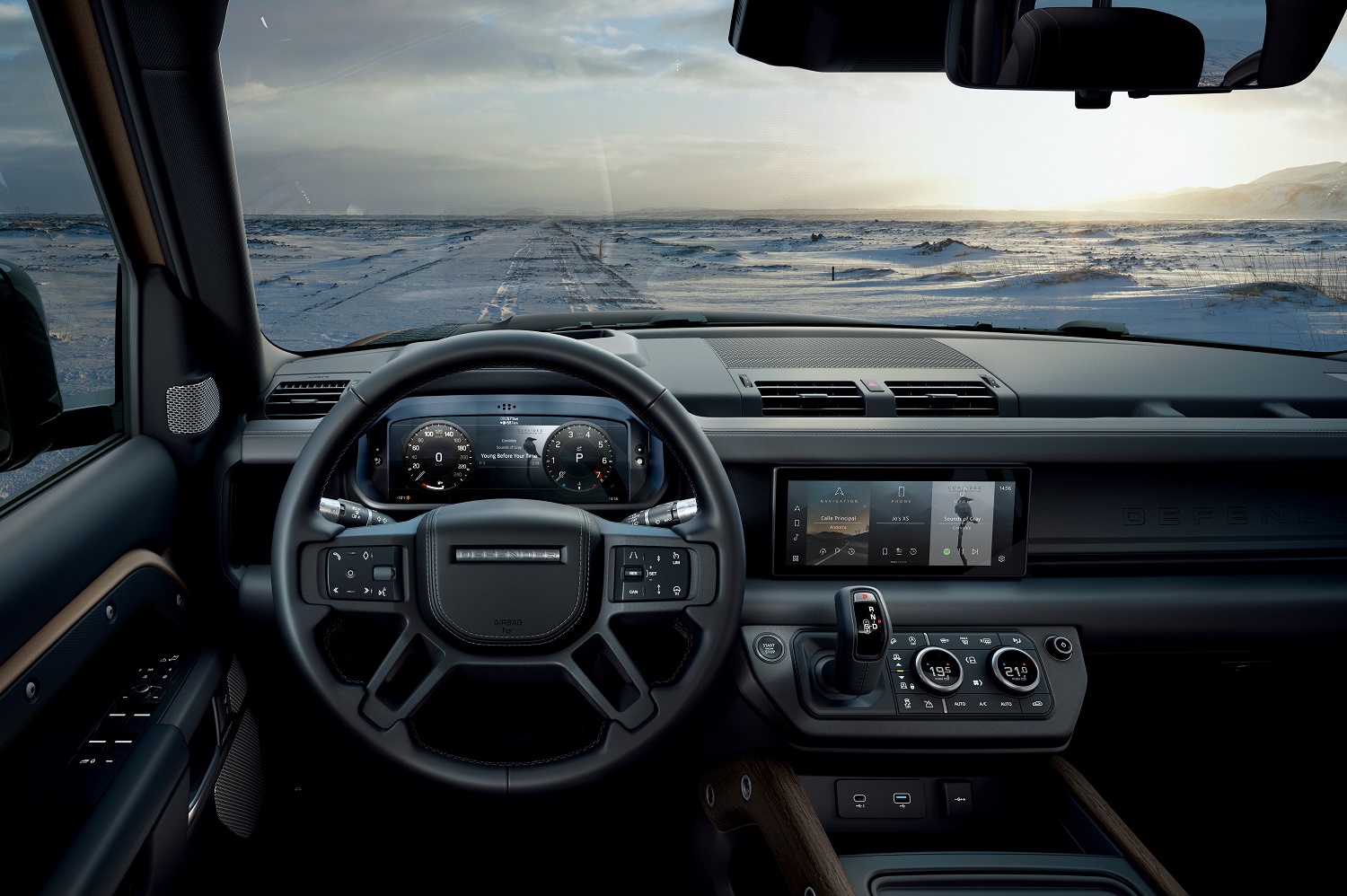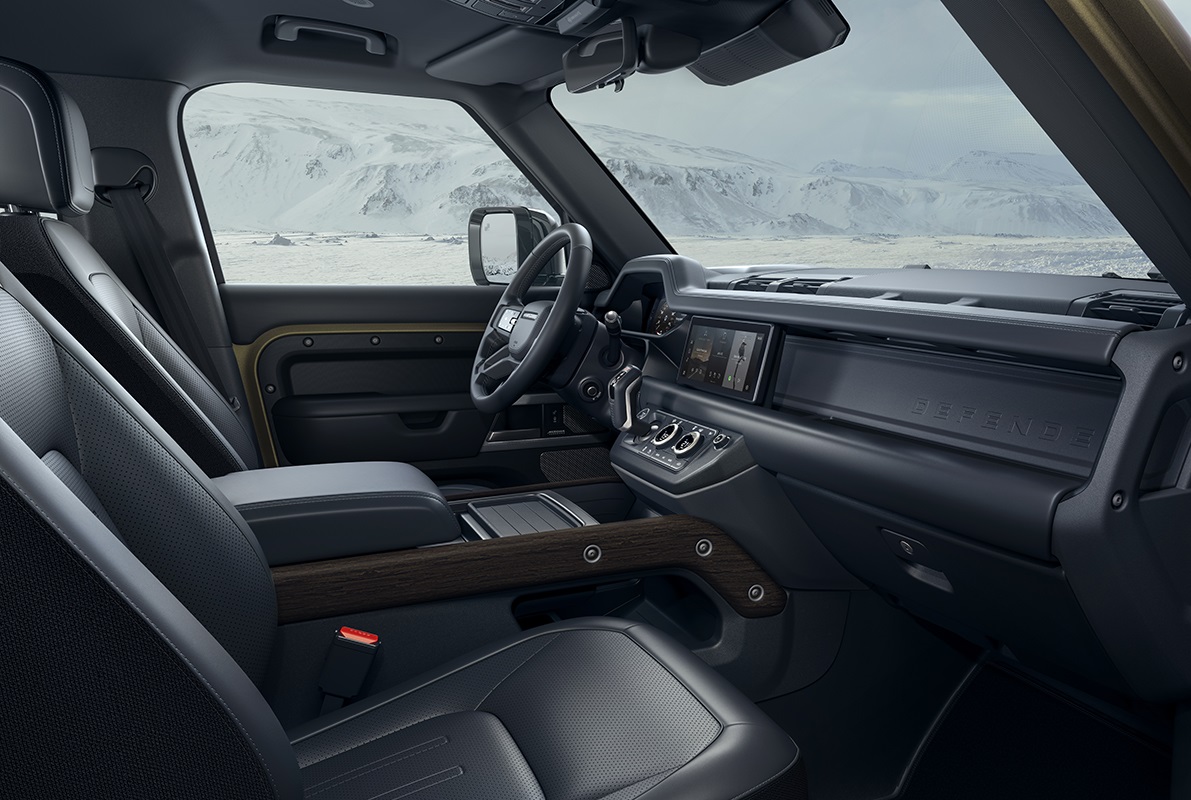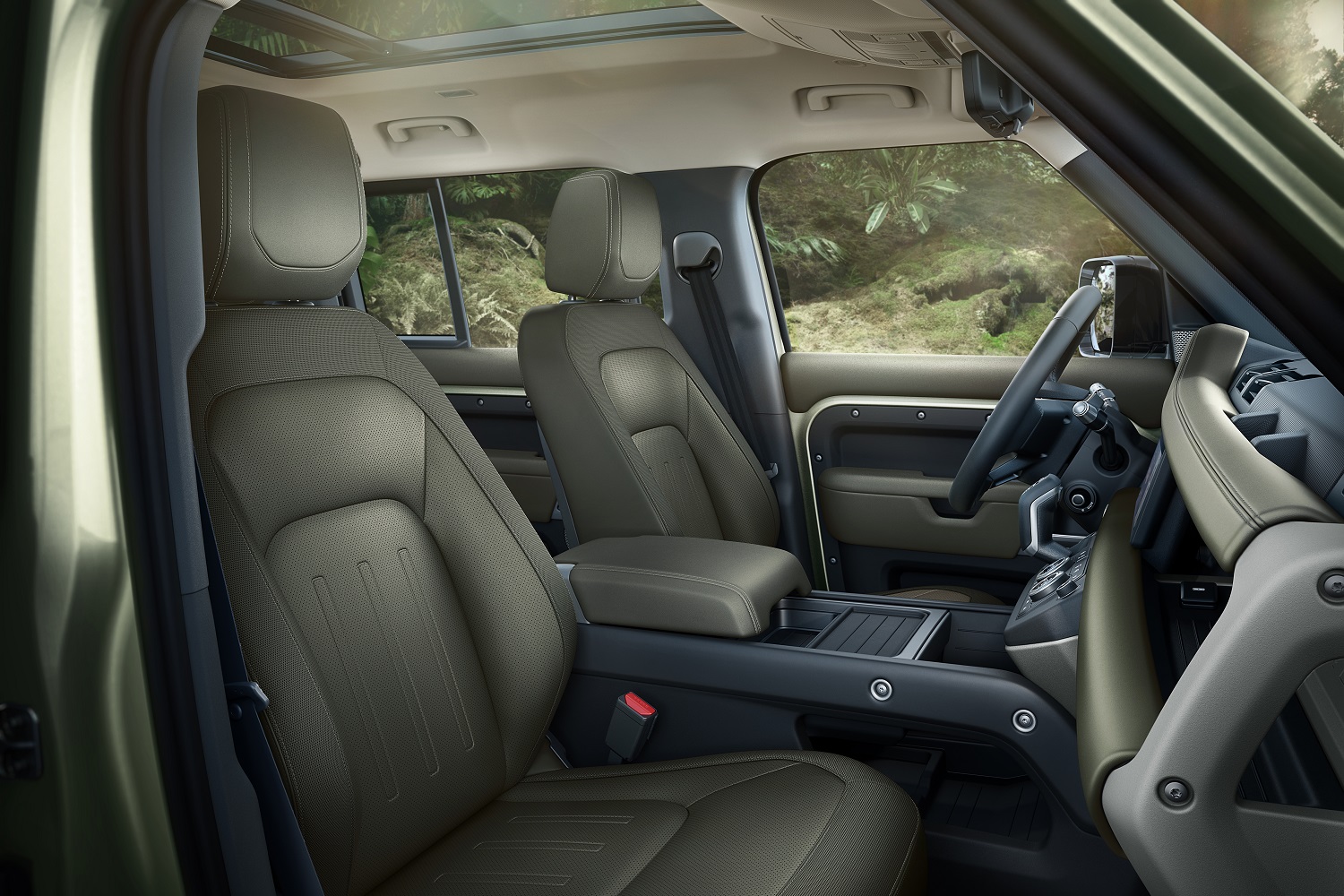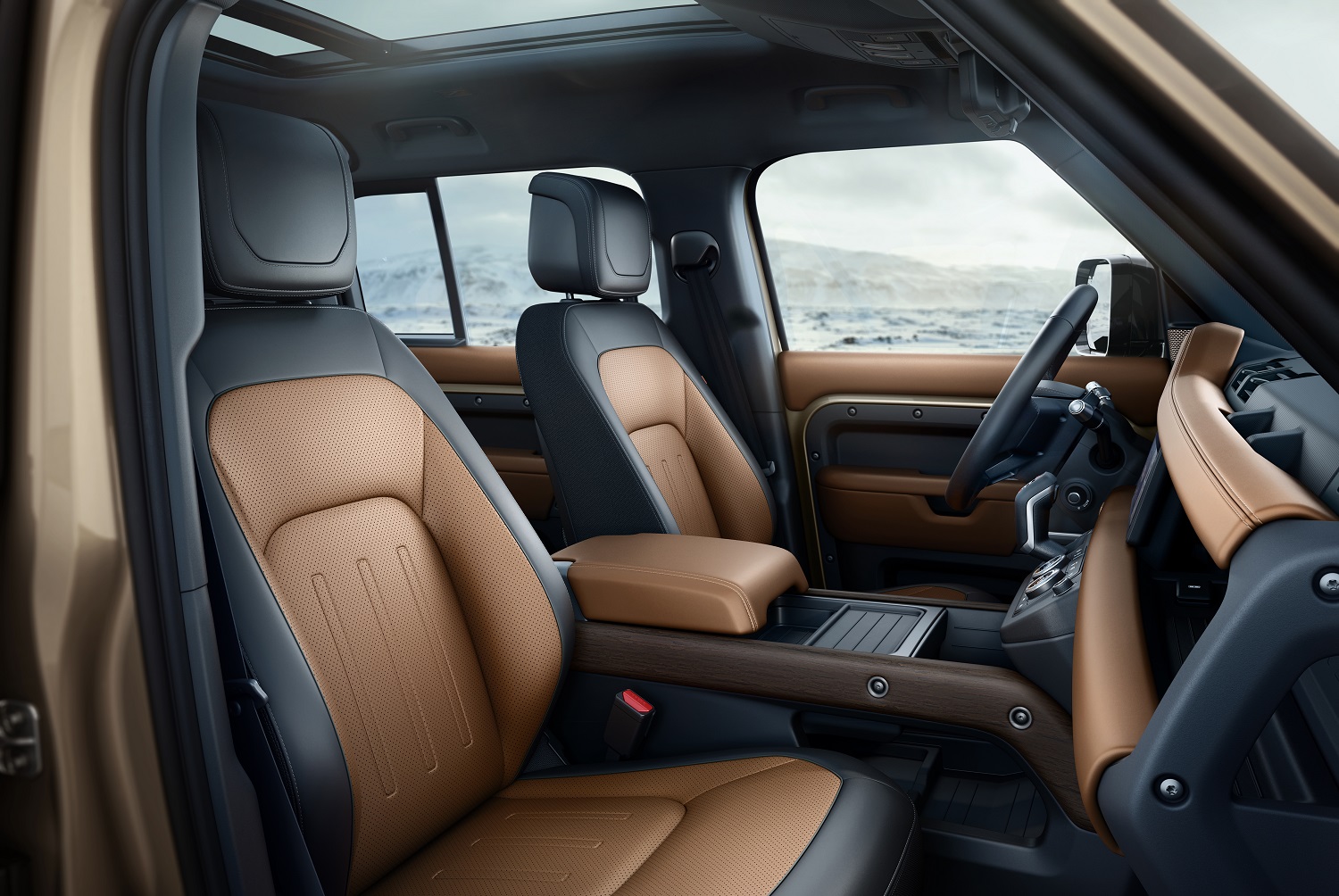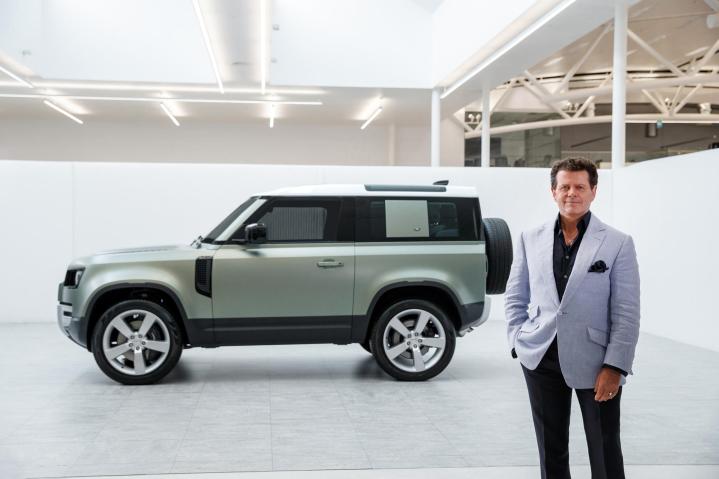
Few vehicles are as iconic and celebrated around the world as the Land Rover Defender, and now the world has just seen the next-generation 2020 Defender, one that will arrive next spring. We spoke with the designers that had the difficult task of propelling the Defender nameplate, creating a modern vehicle while keeping it true to its roots as an exceptionally capable vehicle.
We sat down with Gerry McGovern, design director for Land Rover, and Andy Wheel, chief exterior designer for Land Rover.
Digital Trends: It’s been more than 20 years since the Defender was sold in the U.S., and four years anywhere in the world. What took so long to bring Defender back?
Gerry McGovern: Remember I had been at Land Rover, in fact the first time I had left was in 1999. And before I had done the first Freelander, and were looking at Defender replacements then. And after I came back from America, we were still looking at Defender then. When we did the DC in 2011, that when we started looking at doing it. But it was a case of prioritizing.
We’re running a business, and we have these three families of vehicles. When I came back the focus was Range Rover. That was our focus, along with reestablishing Discovery. Back then we were only selling 8,000 Defenders, nice to do, but we needed to prioritize the others first. Now Defender gives us this breadth of appeal. We’ve made that transition in the last ten years from a specialist brand, to a purveyor of luxury vehicles with more universal appeal.

The new Defender has to do a similar job, that’s why we created a family of them. We need to do a bigger volume to get back that investment, and reinvest in the future. It’s a very critical vehicle. A lot of consideration has been given to it in its entirety.
DT: What does the Defender stand for in the Land Rover lineup?
GM: Defender is durability, built for purpose, it is the most capable and the most extreme. And it’s the toughest. The design language relates to that. You’ve got that exposed magnesium cross car beam, so you’re looking at the inner structure. Even those grab handles you can actually push the car with. And the car is great on road as well.
These are created for people that have a pulse, that want something special.
There’s a super poster in the early days of Defender that shows the Defender in various proliferations, in a lot of utilities, electricity board, gas board, ambulance, forestry commission, fire truck. And you can argue that this isn’t necessarily going that way, but we’ve seen the proliferation of the different lifestyles that people are getting involved in now, that are different than years and years ago. Cycling, hiking, climbing, and on, whatever it is. And this thing bridges all of those. The personalities—of explore, adventure, country, and urban—span those different lifestyles. And with 170 accessories, there’s a lot of thought going into all of that stuff.
DT: How do we read those things in the 2020 Defender?
Andy Wheel: For Defender it really starts with the silhouette, it’s all about the side view. Even with the drapes on, before we take the covers off, people go “oh I know that’s a Land Rover.”
That’s because things like the chamfered leading edge of the roof, a very horizontal roof, and that vertical back end. The windscreen—which for a modern car is very upright—and the very horizontal bonnet, and that front end with really short front overhangs. Put all those together and you get this silhouette which makes it click for people, they say ‘oh yes, that’s inherently a good all-terrain vehicle, and it is absolutely Land Rover.
Then we get into these horizontal lines dividing the roof from the glass from the lower part of the car, and then everything else, it’s all about these very clean but very sophisticated surfaces which send those subliminal messages that say “looks tough, is tough.”
DT: What was the biggest challenge with designing a new generation of Defender?
GM: The biggest challenge was to make people not over design it. Keep the less is more, thoughtfully considered, no silliness on the design. Not letting the car grow more than it needed to. You’ve got to take people with you. At Land Rover we’ve had a lot of success so it’s proving by success.
AW: The biggest challenge was getting that balance right. That respect for the past, but also something that enthusiasts, and we’re all enthusiasts at Land Rover design—we’re all here because we love Land Rover—was a worthy successor. That was the biggest challenge, because there are a million ways to get it wrong. Hopefully we’ve found that sweet spot.
DT: Where did inspiration come from for this new generation?
GM: The inspiration comes from being within your brand, from the DNA you develop. I’m not going out looking at mountains thinking I like the way that water flows, that’d be a nice profile. There has to be a visual logic to this thing. We’ve got a brand strategy, and a design strategy based on modernity, relevance, and ultimately desirability.
The modernity comes in with the reductivism approach, being disciplined, not putting 50 lines all over the place. The reductive nature of the grille, just one bar. At the end of the day, people don’t need Range Rovers and Land Rovers. These are created for people that have a pulse, that want something special.


